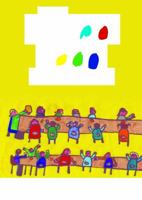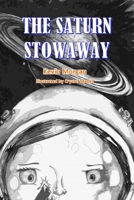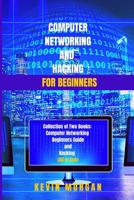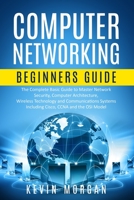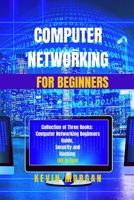Side-Channel Analysis of Embedded Systems: An Efficient Algorithmic Approach
Select Format
Select Condition 
Book Overview
It has been more than 20 years since the seminal publications on side-channel attacks. They aim at extracting secrets from embedded systems while they execute cryptographic algorithms, and they consist of two steps, measurement and analysis. This book tackles the analysis part, especially under situations where the targeted device is protected by random masking. The authors explain advances in the field and provide the reader with mathematical formalizations. They present all known analyses within the same notation framework, which allows the reader to rapidly understand and learn contrasting approaches. It will be useful as a graduate level introduction, also for self-study by researchers and professionals, and the examples are taken from real-world datasets.
Format:Paperback
Language:English
ISBN:3030772241
ISBN13:9783030772246
Release Date:July 2022
Publisher:Springer
Length:153 Pages
Weight:0.55 lbs.
Dimensions:0.4" x 6.1" x 9.2"
More by Kevin Morgan
Customer Reviews
3 customer ratings | 3 reviews
There are currently no reviews. Be the first to review this work.














